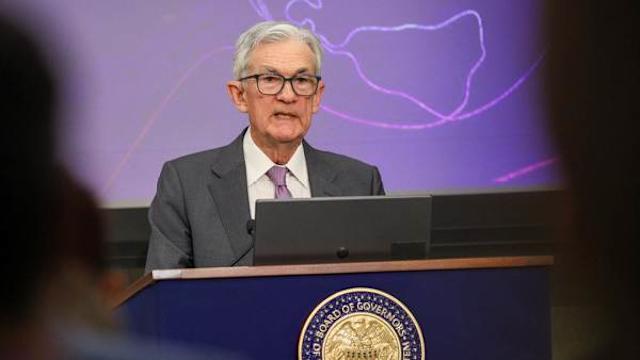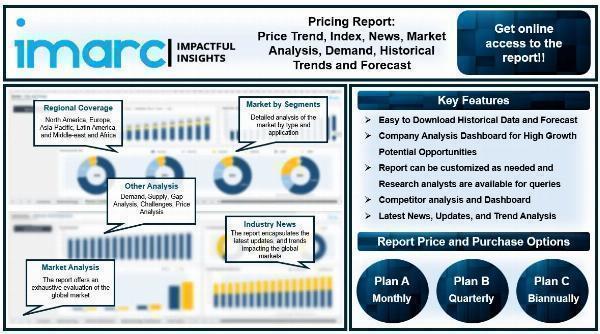
The Federal Reserve is widely expected to maintain interest rates steady at its meeting this week, but investors will be closely monitoring whether central bank policymakers are still committed to two rate cuts this year. The Fed's latest round of projections, released on Wednesday, will include the much-studied "dot plot," a chart updated quarterly that shows each Fed official's prediction about the direction of the central bank's benchmark interest rate. The last dot plot, released in March, revealed a consensus among Fed officials for two cuts this year as some were already factoring the uncertainties of President Trump's economic policies into their projections. However, the latest curveball came late last week as Israel's airstrikes across Iran stoked fears that a protracted war could lead to higher oil prices and inflation this summer. Many Fed watchers expect central bank officials to stick with what they have already signaled as they weigh numerous unknowns. Former Kansas City Fed president Esther George predicts that "they will be reluctant to signal changes from where they were earlier" due to how fluid things are at the moment. Wilmington Trust chief economist Luke Tilley agrees, saying he doesn't expect many changes in the dot plot and that "it's two cuts, and I imagine it will stay pretty much the same." The Fed and its chair, Jerome Powell, are under an extreme amount of political pressure to speed up the timetable for any cuts, as President Trump continues to publicly criticize Powell for not easing policy sooner. Trump has been citing lower inflation as a reason for the central bank to cut, but Powell and many of his fellow policymakers have made it clear in recent weeks that they are still more worried about the risks of higher prices from Trump's tariffs than any rise in unemployment as they weigh both sides of their dual mandate. EY-Parthenon chief economist Gregory Daco expects Powell on Wednesday to stress the risk of longer-lasting inflation because of tariffs and acknowledge that difficult trade-offs may emerge if inflation stays elevated while growth and employment soften. He said Powell will likely emphasize that with inflation still above the Fed's 2% target and the job market consistent with full employment, the bar for cutting rates remains high. The latest measures of inflation have shown milder increases in prices even as tariffs were turned on full blast - a trend highlighted last week by Trump and Treasury Secretary Scott Bessent, who told lawmakers last Thursday that "there is no tariff inflation." The Fed's preferred inflation gauge, the "core" Personal Consumption Expenditures (PCE) index, rose 2.5% in April, down from 2.7% in March. The Fed's goal is to get this number down to 2%.
As the Federal Reserve's rate cut decision nears, investors anxiously await both its magnitude and implications on markets amidst Trump administration statements; is another intervention destined to provide stability or stoke uncertainty?
The advent of a rate cut decision by the Fed paves potential ground for economic stimulus, as investors and President Trump alike await eagerly its implications mapped out in The Dot Plot to navigate through current market volatility.
The FED's decision to cut interest rates promises a crucial moment for investors, as they balance capital gains with potential future outcomes amidst Donald Trump’ graphs dot plot forecasting.春天是希望你是健康!
As the Feds' rate cut decision looms, investors and Trump alike are poised on edge with eager anticipation for what lies ahead as revealed by their Dot Plot.
The Federal Reserve's imminent rate cut decision loom large on the financial horizons, as both investors and President Trump eagerly anticipate what tomorrow’s 'Dot Plot,' reflecting future interest rates projections by policy makers will reveal.
The Feds' rate cut decision comes at a pivotal moment, where investors forecast both safety and opportunities in the market while speculating about its effects on Trump policies; their fate now hinges upon that elusive Dot Plot笔录。"
The decision by the Federal Reserve to cut interest rates, as both investors and President Trump await intently on whether this move signals a shift in monetary policy风向标—sparks an ongoing discourse about its implications for economic stability.
The Feds' upcoming rate cut decision, expected to be closely monitored by investors while President Trump awaits its implications on the fallout from his economic policies.
Amidst the Federal Reserve's interest rate cut decision, investors and President Trump alike均在翘首以待公布的Dot Plot, assessing its implications for economic growth plans amid ongoing uncertainty in global markets.














